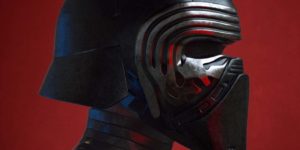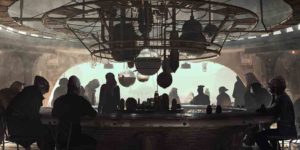In this edition of Artist Spotlight, we delve into the captivating world of Renato Montoro, a seasoned Motion Designer and 3D Artist based in São Paulo, Brazil.
Renato takes us on a journey through his evolution in digital art, sharing insights into his creative process, inspirations, and the dynamic projects that have shaped his career.
From the bustling streets of São Paulo to the studios of Los Angeles, Renato’s story unfolds as a testament to the fusion of passion and technical expertise in digital art.
Background and Inspiration
Can you tell us a bit about your journey into digital art?
I started in graphic arts in 2007 studying digital art, starting with Photoshop, Illustrator, and the old Flash. I did a little bit of everything; I even took party photos at the weekend.
In 2009, the production company I worked for (Neuron Filmes) paid me for a course in After Effects, and that was when I started to enter another universe, Digital Composition and 3D.
I started studying Maya and After Effects, and I worked on several retail campaigns and some TV shows and music videos were very busy jobs. In 2011 I started using Cinema 4D and it made it much easier to make product videos as I was already using After Effects. I used it to compose my 3D projects until I discovered Nuke which was a game changer, I started working with node and left. a little of the simplicity of working with layers.
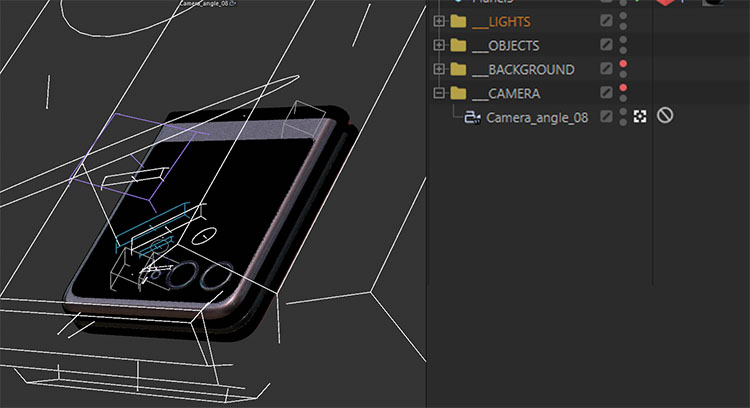
I spent some time in Series and Films here in Brazil, but I never really liked the process of working with rotoscoping and clean-up. I liked the process that 3D provides. So, I evolved in studying lighting, FX, and the 3D composition part and manipulating the 3D layer passes and beauty passes.
I have worked in several production companies in Brazil, such as The End Post, Vetor Zero, Quanta Post, Acaca Studio, Piloto TV, Studio Cokie, Atomo VFX, and Histeria Studios, some as a freelancer and others as a permanent job. I have also done some work outside online, such as Brazil for Blue Agency from France, Lucid Dreams from Dubai, and New York from Los Angeles.
What inspired you to become a digital artist?
I’ve always liked drawing and watching cartoons, especially The Simpsons, South Park, Knights of the Zodiac, and others from the 1990s. I’ve also always played AD&D RPGs, which trained me in drawing and often writing stories. This forced me to follow this more artistic path from a young age.
Who are some of your artistic influences and favorite artists (digital or otherwise)?
I like a lot of artists. I really like the work Maciej Kuciara Maciej Kuciara Art — MACIEJ KUCIARA – Diretor. Artist, Mau Borba Mau Borba: Behance, ArtStation – Guillem H. Pongiluppi.
As an artist based in São Paulo, Brazil, are local art scenes, events, or communities particularly inspiring your creations?
São Paulo is a big city, and there are many street artists here. There is a lot of graffiti amidst the chaotic architecture. Here are some famous graffiti artists who mainly inspire Os Gemeos, Cobra, and others who do art around the city and combine this with Music. It is a city where you have access to all types of culture.
Creative Process
Could you describe your typical creative process from ideation to completion?
I often start by sketching or looking for a lot of references. I like to set up a grid in Photoshop with several images, bringing details of what I want at the end of the project.
Do you have any favorite software, tools, or techniques that you rely on in your work?
Today I really like Houdini and Nuke. I use After Effects and Cinema 4D I also think these are the main tools, and for Render, I really like Redshift and Arnold.
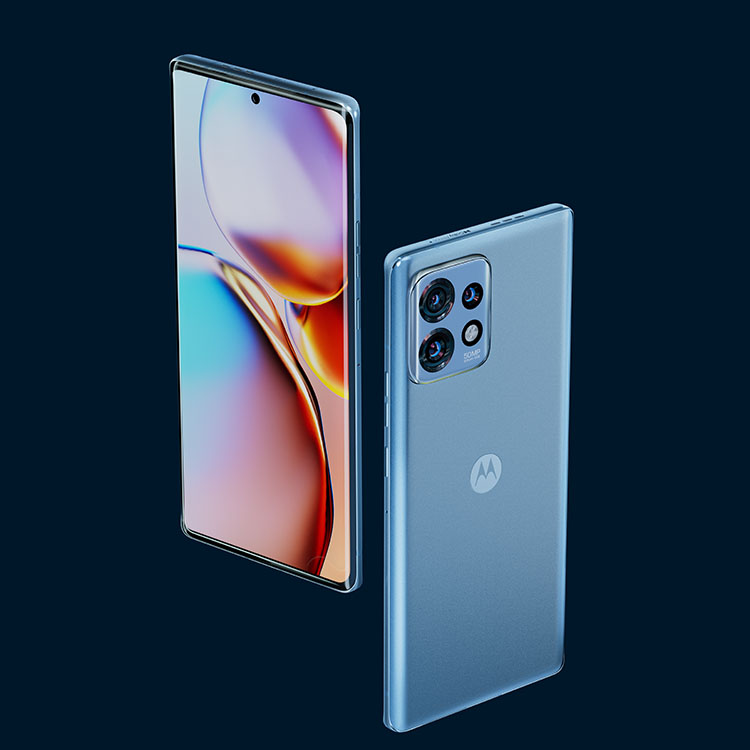
How do you stay motivated and overcome creative blocks?
Sometimes, it is necessary to take a few breaks to rest, and it is important. And then, I can come back with more desire to create new things.
Style and Themes
Many digital artists have a unique style. How would you describe your artistic style and the themes you often explore?
I don’t know if I have a unique style. I really like exploring the tools I have, and creating original works gives me the freedom to do different types of art. Sometimes, I paint a skateboard shape or make a drawing in Photoshop, and sometimes, I try to do other things that aren’t part of my day-to-day work.
Is there a recurring message or story you try to convey through your designs?
It depends a lot on the moment and what I’m studying at the moment.
“Motorola” Project
Let’s dive into a specific project of yours. Can you share some details about Motorola?
The Motorola was made in Cinema 4D and we rendered it in Redshift. It was a job adjusting and separating all the lights by colors and details. Even from the cell phone camera, there are a lot of details when creating the Lighting.
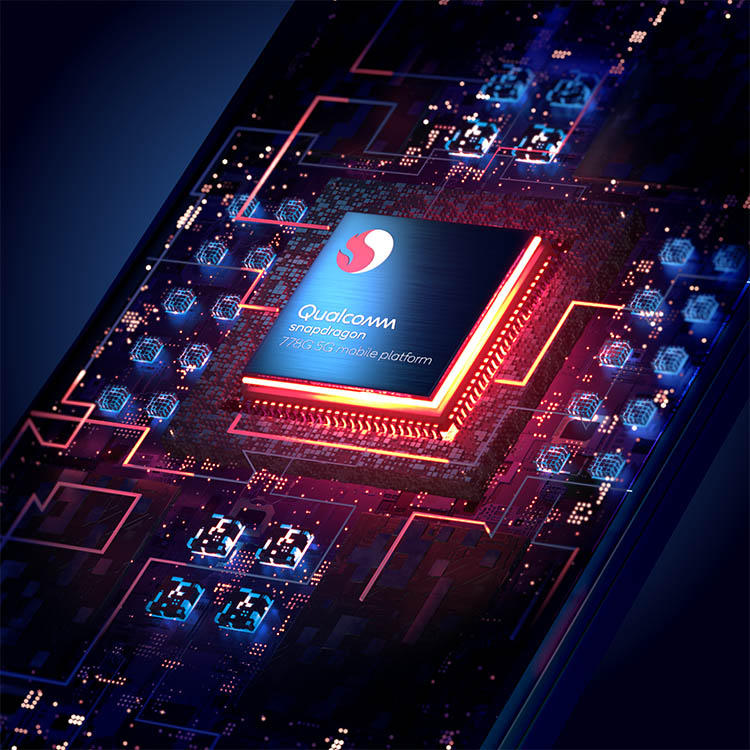
What is the story behind this project?
This Motorola project was a challenge regarding having the quality and standard that the director wanted. I worked for Studio Los York in Los Angeles. It was a freelance job. I spent 15 days on the project and stayed 40 days. There was a very good team, especially the Supervisor, Ergin Kuke, who was always very nice and managed to explain in a few steps what he wanted in the result. In this project, I worked on Look Dev, and the team was very demanding on details and had to follow a standard.
Can you describe the key elements and techniques used in this project?
In this project, I already had cell phone models. I used an HDRI base, and the rest was created with light.
Each cell phone material was worked with references and photos of the product on several sides to be as close to the original.
Challenges and Achievements
Every artist faces challenges. Can you describe a specific artistic challenge you’ve overcome and how you did it?
Here in Brazil, there are many challenges, and the most difficult thing is having the original equipment and programs, as the values are almost always in dollars and the currency is much more devalued.
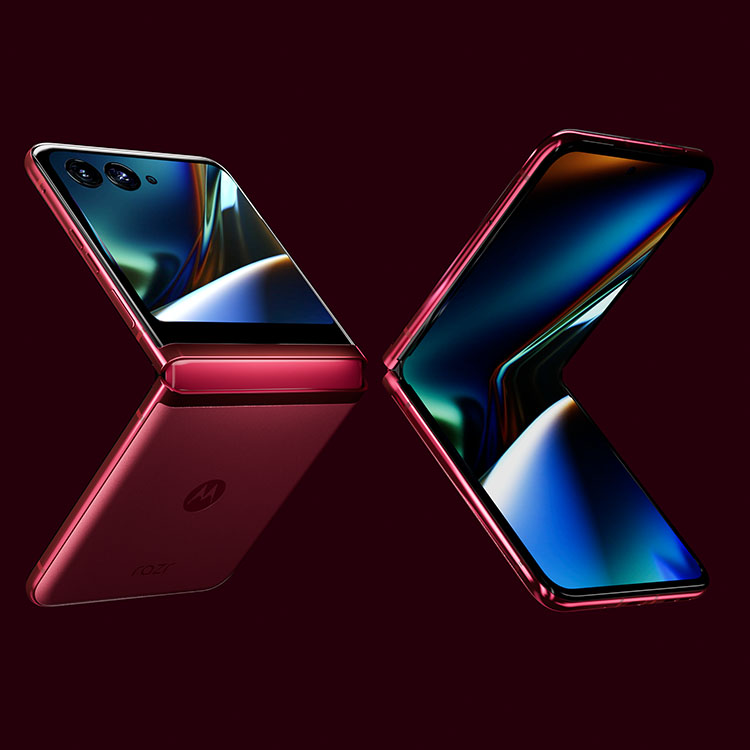
I had to work hard to be able to buy the right equipment to carry out my projects as a freelancer.
What’s been one of your artistic journey’s most significant achievements or milestones?
Song of Nunu | Music Video was one of the coolest projects I worked on with a very good team. The freedom that the world of games provides is really cool for someone who comes from Advertising.
Advice for Aspiring Artists
What advice do you have for aspiring digital artists starting their creative journey?
Always maintain a routine of looking for references and studying authorial projects.
How do you balance your artistic pursuits with other aspects of life, like work and family?
I have two children, and it is always very difficult to deal with the routine, but it is important to have moments of the year to spend with the family.
After the pandemic, I continued working remotely, which helped me always be close to my children no matter how busy the day was.
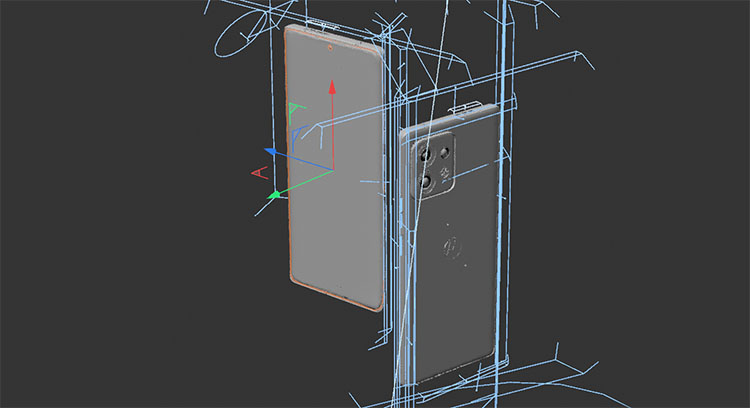
Future Goals
What are your future artistic goals, or is there a particular project or theme you’d like to explore in the future?
Maybe the next step would be to work and live outside Brazil for a while and one day create my cartoon.
Do you have any upcoming exhibitions, collaborations, or projects you’d like to share with your audience?
I always upload my content on my website, monkaco.com, or Behance. I intend to have some tutorials in the future.
Conclusion
Renato Montoro’s artistic voyage, marked by versatility and dedication, exemplifies the ever-evolving landscape of digital artistry. From his early days experimenting with graphic arts to crafting intricate 3D compositions, Renato’s story is one of continuous exploration and growth.
Looking forward, his future goals hint at the possibility of international endeavors and creating a personal cartoon, reflecting the boundless horizons of his artistic aspirations.
To stay updated on Renato’s captivating creations and potential future exhibitions, tutorials, or collaborations, visit his website at www.monkaco.com and connect with him on social media platforms such as Behance and Instagram.
Nyx, General Manager and Editor at Vertex Mode, is a seasoned 3D Artist in gaming and film, sharing insights on Digital Art and its creators.

